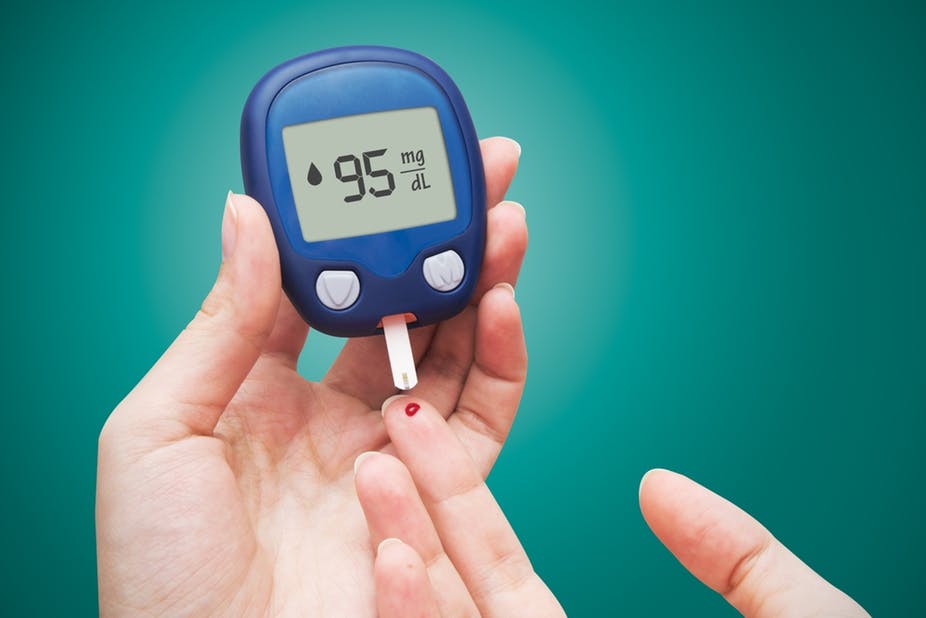For people who suffer from diabetes, it is a cumbersome task to draw blood multiple times a day to monitor their blood sugar levels. Researchers from the University of Waterloo are trying to develop a new method for patients to track their blood glucose with the help of artificial intelligence and radar technology. George Shaker, an engineering professor at the University of Waterloo said, “We want to sense blood inside the body without actually having to sample any fluid. Our hope is this can be realized as a smartwatch to monitor glucose continuously.”
For the research, the scientists have collaborated with Google and a German hardware company called Infineon. They both developed a small radar device together and asked several selected teams from all over the world to develop a potential app for the same. The system developed by the University of Waterloo uses a radar device for sending high-frequency radio waves into fluids that contain different levels of glucose and then analyze the radio-waves that are reflected back to the radar. The information received is then converted into digital data by machine-learning AI algorithms developed by the team here at Waterloo. The software of the radar can easily detect changes in glucose levels on nearly 500 wave features and other factors such as the time taken by the waves to reflect back to the radar from the fluid.
When both the methods, the conventional blood withdrawal method and the radar system were used to test the blood sugar levels of the volunteers at the Research Institute for Aging in Waterloo, the results were pretty surprising. The radar system’s detection of the blood sugar levels was approximately 85 percent as accurate as the painful needle insertion. “The correlation was actually amazing,” explained Shaker. “We have shown it is possible to use radar to look into the blood to detect changes.” The next step in the study obviously would be the refinement of the radar system so that it could be even more accurate and to simplify its model so that patients can use it easily. The research team at Waterloo is in the process with Infineon to make the radar device portable, cheaper and low-power.

